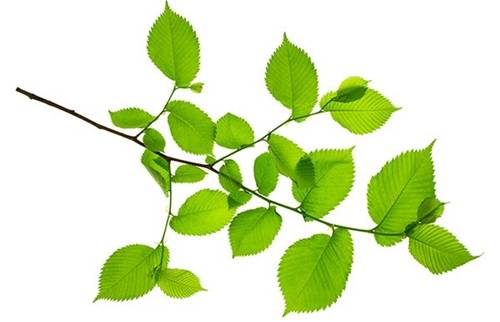While slippery elm is primarily known for its traditional uses in soothing the respiratory system and promoting digestive health, it is occasionally mentioned as a potential natural remedy for certain hair-related issues. However, it’s important to note that scientific evidence supporting the direct benefits of slippery elm for hair is limited.
Slippery elm contains mucilage. Mucilagea is a gel-like substance that becomes slippery when mixed with water. This mucilage has moisturizing and soothing properties, which is why it has been used traditionally for various scalp and skin problems. Some people believe that using slippery elm gel or products containing slippery elm for the scalp may help with the following:
Slippery Elm Benefits for Hair
- Hair texture and shine: Some individuals claim that slippery elm can improve hair texture and add shine. The mucilage in slippery elm could potentially coat the hair shaft and create a smoother appearance. However, the effects are likely to be temporary and minimal.
- Scalp irritation: Slippery elm’s soothing properties may provide relief for scalp irritations, including dryness and itchiness. However, it’s worth noting that there are evidence-based and more established treatments available for scalp conditions like psoriasis and dandruff.
It’s important to manage expectations when using slippery elm for hair-related concerns, as the evidence supporting its benefits is limited. If you’re experiencing scalp issues, significant hair loss, or seeking substantial improvements in hair health, it’s best to consult with a qualified trichologist or a healthcare professional who can provide recommend appropriate treatments or personalized advice based on your specific needs.
Uses of slippery elm for hair

While the direct benefits of slippery elm for hair are not well-established through scientific research, some people use slippery elm in various ways for their hair. These uses are based on traditional practices and anecdotal evidence. Here are a few ways slippery elm has been used for hair:
- Scalp and hair conditioner: Some individuals use slippery elm as a natural conditioner for their hair. The mucilage present in slippery elm can provide a slippery texture when mixed with water, which may help soften and detangle the hair. To use it as a conditioner, you can mix water with slippery elm powder or gel to create a thick paste, apply it to your hair after shampooing, leave it on for a few minutes, and then rinse thoroughly.
- Scalp soothing: Slippery elm has a reputation for its soothing properties, which may help alleviate scalp dryness, itching and irritation. You can prepare a slippery elm rinse by mixing the water with powder and applying it to the scalp after shampooing. Leave it on for a few minutes, and then rinse thoroughly.
- Hair mask: Some people incorporate slippery elm into homemade hair masks. They combine some other natural ingredients such as honey, coconut oil or aloe vera gel with slippery elm powder to create a nourishing hair mask. However, keep in mind that the effectiveness of these masks relies on the combined natural properties of all ingredients used, rather than the slippery elm alone.
It’s important to note that these uses of slippery elm for hair are based on traditional practices and personal experiences. Results may vary, and it’s advisable to perform a patch test before applying any new substance to your hair or scalp to check for any potential allergic reactions. If you have specific concerns about your scalp or hair health, it’s best to consult with a qualified trichologist or a healthcare professional for personalized advice and appropriate treatments.


